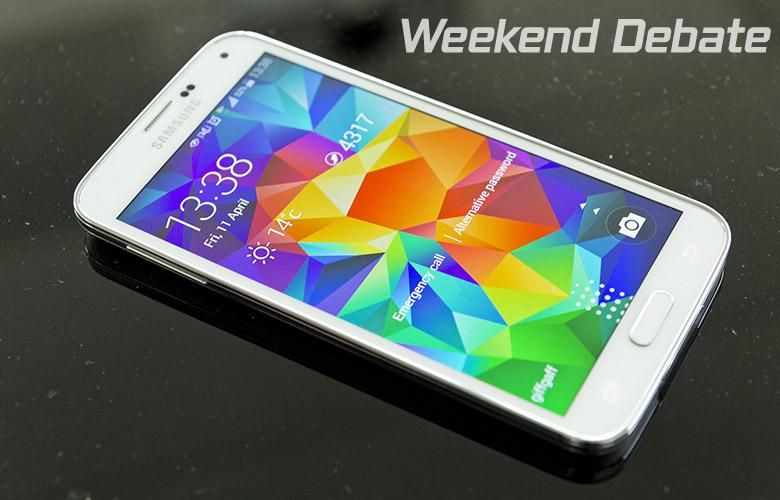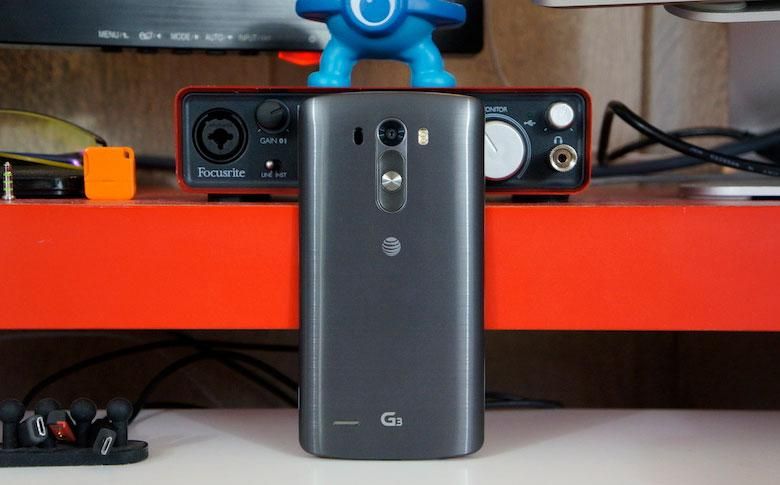The other day, I wrote about midrange phones, and their cameras. Specifically, I cited how average and generally not-worth-writing-home-about they were. While I still think there is a market there, a possible solution occurred to me – get a flagship…from last year! That way I could have the latest and greatest cameras from a year ago, which were pretty good, but still manage a midrange price. It was so crazy it just might work.
Yesterday’s power
After all, flagships from last year include the Samsung Galaxy S5, the iPhone 5s, the HTC One M8, and the LG G3. All of these had pretty good cameras in their time so there might be something to this. All of those flagships are running hardware that is still no slouch by today’s standards. Heck, the GS5 is even waterproof which is more than you’ll find in the GS6, let alone the current crop of midrange phones. So in some ways, this would even be an upgrade over some of the offerings of today.
Some mention that getting a current midrange phone is more future-proof than buying a phone from last year, but is it? At the end of the day future-proofing involves getting better specs so they can keep up with advancements in the industry. But last year’s flagships look very similar to this year’s midrange phones under the hood. If anything we’re going to call this a push, which means a better camera is going to win the day. Advantage: Old flagship.
Known quantity
Also, we have the benefit of a year’s worth of experience with these devices – friends, reviews, After the Buzz looks, etc. After a year, we know how these phones are going to behave, which ones are going to bend, etc. We’ve had a year’s worth of beta testers in the wild and what remains now is a known quantity. There won’t be any hiccups like those that can happen with brand new devices. All the updates have been pushed out by the OEM, and one year later, this phone is ready to go.
Not to mention you have a year’s worth of support built up around you in the community. If there is a problem with the phone, chances are someone else has had the same problem and figured out how to fix it. The power of Google compels you!
And yet…
There are a few downsides to going this route. Most notably, updates. Buying a 12-month-old flagship is no guarantee, by any stretch that you’ll still be getting the latest updates to the newest operating system, especially in the Android world. iOS and Windows Phone buyers can feel pretty confident that their software will continue to improve, and please don’t mistake me – Android has gotten better. But there’s still that question: Will my phone get Android M?
Speaking of Windows Phone, some Windows 10 features won’t be available on phones bought yesterday, let alone a year ago. There is always something to be said for update-to-date hardware, as well as software. The problem is that many OEMs get a form of shiny new toy syndrome where all the best improvements and features are going to the new kid on the block, whereas older hardware might be able to expect some bug fixes. If you’re content with not having the latest hardware, then that’s probably ok for you.
Less than exciting
But bringing home a box and opening a phone that you’ve been staring at on the train for 12 months now is less than exciting. Sure, maybe you’re getting a better camera than you would in the Moto G, but is the sacrifice worth it?
It’s a hard question to answer. So what about you? If you had to pick a phone today, and were not allowed to spend over, say $400 US, what would you go with? Would you get a flagship from yesteryear or a midrange phone from tomorrow? There are really good arguments on both sides. I’d probably go with the flagship. An LG G3 would be a pretty good phone I would think and one can be had for around a midrange price. Would I rather have an LG G4? Sure! So would you.
But enough about me, what would you do? Sound off in the comments below, and let’s see if we can figure this out.



